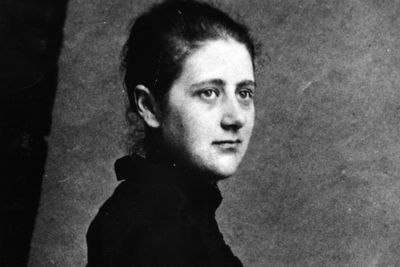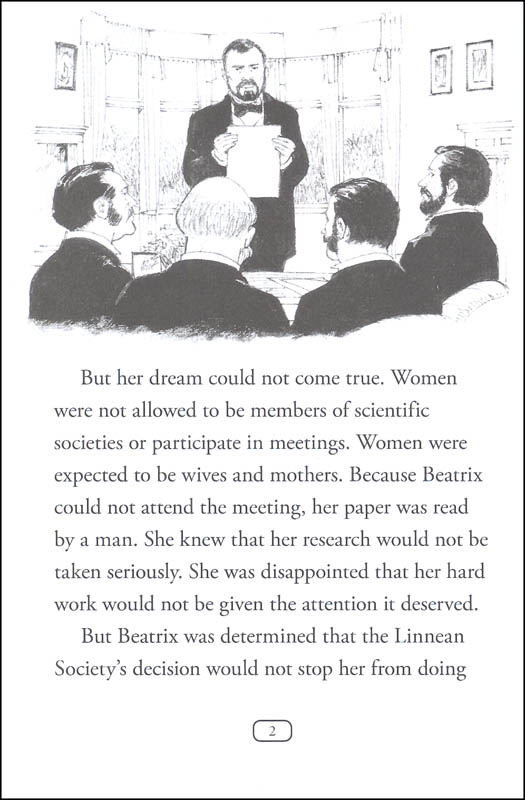
De Bary worked with various micro-fungi, especially plant pathogens. The great exponent of such studies was Heinrich Anton de Bary (1831-1888) who pioneered careful laboratory techniques for the study of fungal life cycles and who, through his publications and his students, had a major impact on experimental studies of fungi. She was not the first to germinate spores and study the post-germination development. Though simple, they are nevertheless examples of illustrations that are "more perfect as botanical drawings".Īs well as continuing to produce paintings (with sectional views and depictions of different developmental stages) Potter became curious about spores, in particular spore germination. Two of those drawings are shown below and you can see differences in stems as well as the ways in which the long gills meet the stems. One of the technical books that Potter was to use was the Reverend John Stevenson's Hymenomycetes Britannici (British Fungi) which included a number of black-and-white drawings that showed both the overall form and cross sections of various fungi. Since you have begun to study the physiology of the funguses you seem to see your drawings of them as defective in regard to the gills, but you can make them more perfect as botanical drawings by making separate sketches of sections showing the attachment of the gills, the stem, if it be hollow or otherwise, or any other details that would show the characteristics of the plant more distinctly.Įven today gill and stem characteristics can be helpful in identifying mushrooms and these are best shown by drawing a specimen that has been cut in half vertically. He led her through the basics of fungal taxonomy, sent her interesting specimens and offered constructive advice about fungal illustration. That meeting saw the start of a strong and mutually beneficial association and McIntosh could be summed up best as Potter's fungal mentor. Over the next few years she painted many more fungi but her serious study of fungi began in 1892 after her first fungal talk with the very knowledgeable and respected Scottish amateur naturalist Charles McIntosh (1839-1922). Much of the information on this web page comes from those two sources.īeatrix Potter's first known fungal paintings date from 1887 and at least two paintings from this time still survive. For those wanting the details I strongly recommend the Noble's chapter and the biography by Lear given in the references at the end of this page. What follows is a bare bones (very bare!) account of some of Potter's mycological work. While it was foolish for her work to have been ignored in her lifetime, it is equally foolish now to make inflated claims of her achievements. The wider reporting of her fungal and lichen work has led to some speculative or even incorrect claims. This mycological aspect of her life had been largely ignored for many years but has received more recognition in the past few decades. However, not only did she produce several hundred paintings of mushrooms, boletes, jelly fungi and others - she also studied a number of these microscopically, drew what she saw under the microscope and her curiosity led her to experiment with spore germination. The fact is that for some years of her life Potter was a careful observer of fungi and lichens and that champignons book reproduces about 65 of her fungal paintings. What has Beatrix Potter to do with champignons?
#Biography of beatrix potter tv
There is now a Beatrix Potter Society, Beatrix Potter gallery in Hawkshead, The World of Beatrix Potter themed attraction, Peter Rabbit TV series, Peter Rabbit app, and more.Helen Beatrix Potter (1866-1943) is so well known for her children's books (with characters such as Peter Rabbit and Jemima Puddle-Duck) that the book cover shown here may come as a surprise.

Her last book was publish in 1930 and she died in 1943. She bought a farm house with many animals and plants inspiring her stories.

After The Tale of Peter Rabbit was published in 1901 and took off, Beatrix continued to write more tales as well as produce Peter Rabbit inspired commercial items and became very wealthy. Her most popular character, Peter Rabbit is inspired by one of her own pets, as are many of her other characters. Even when drawing animals as characters, Potter's illustrations are scientifically realistic. Her true interest was in scientific drawings, so later in her life she began drawing more imaginative artwork and selling greeting cards to make money for more microscopes and equipment. Starting as a young girl she loved drawing and would draw realistic illustrations of landscapes, animals, and fungi. Her family vacationed in the Lake District where she saw beautiful landscapes and nature that inspired her artwork. Beatrix Potter was born in 1866 to a wealthy family in London.


 0 kommentar(er)
0 kommentar(er)
